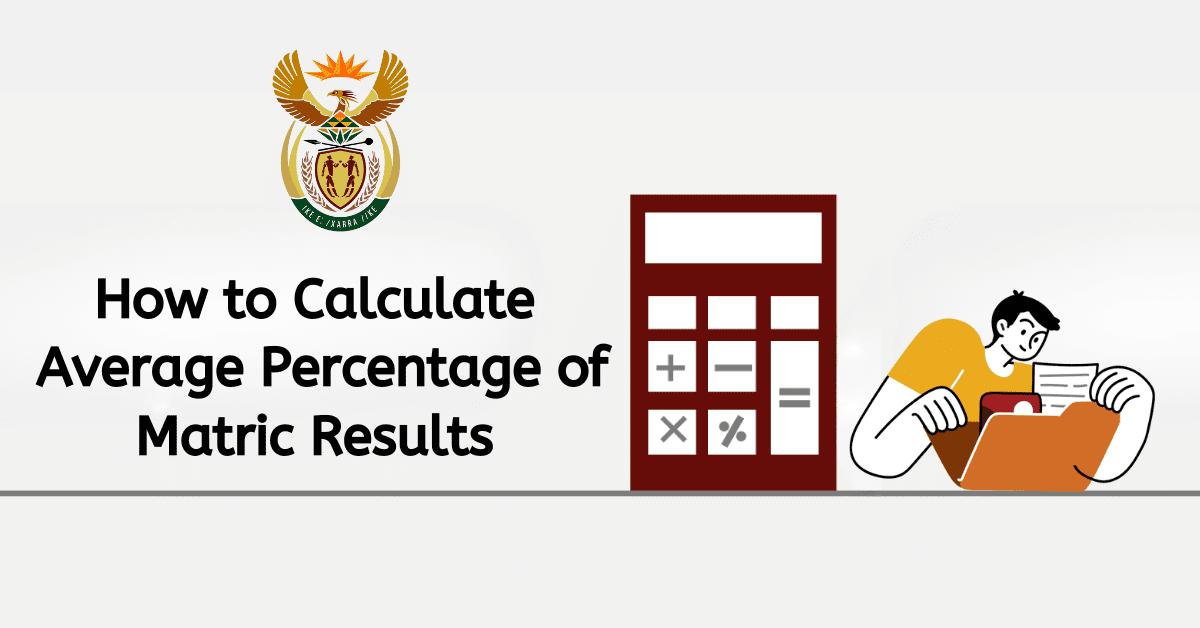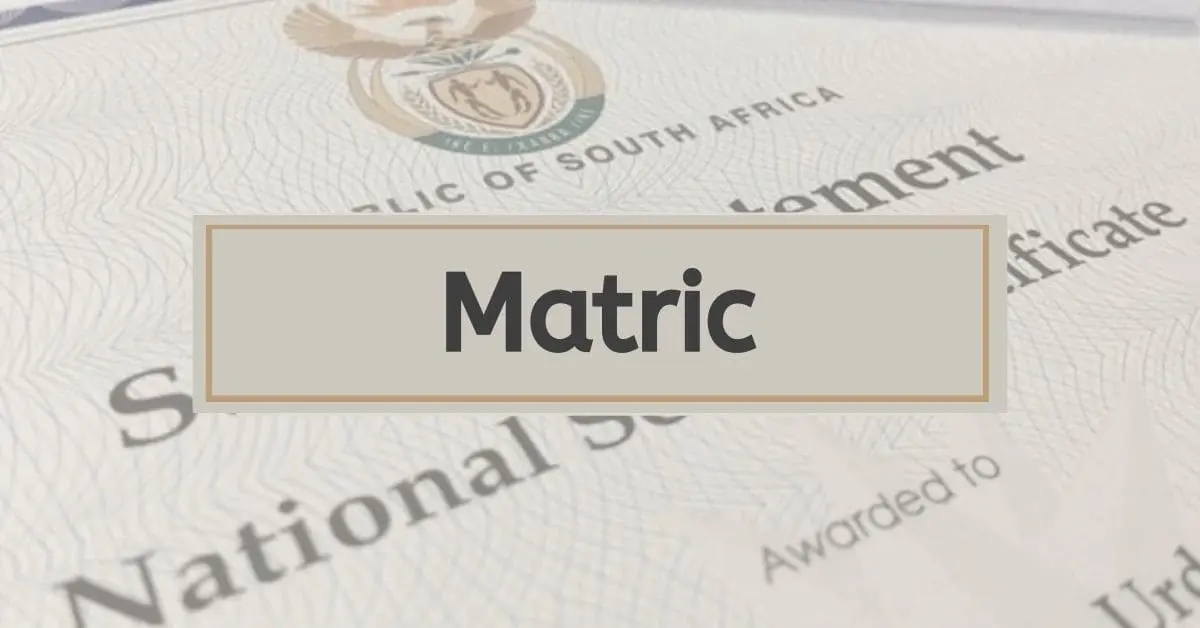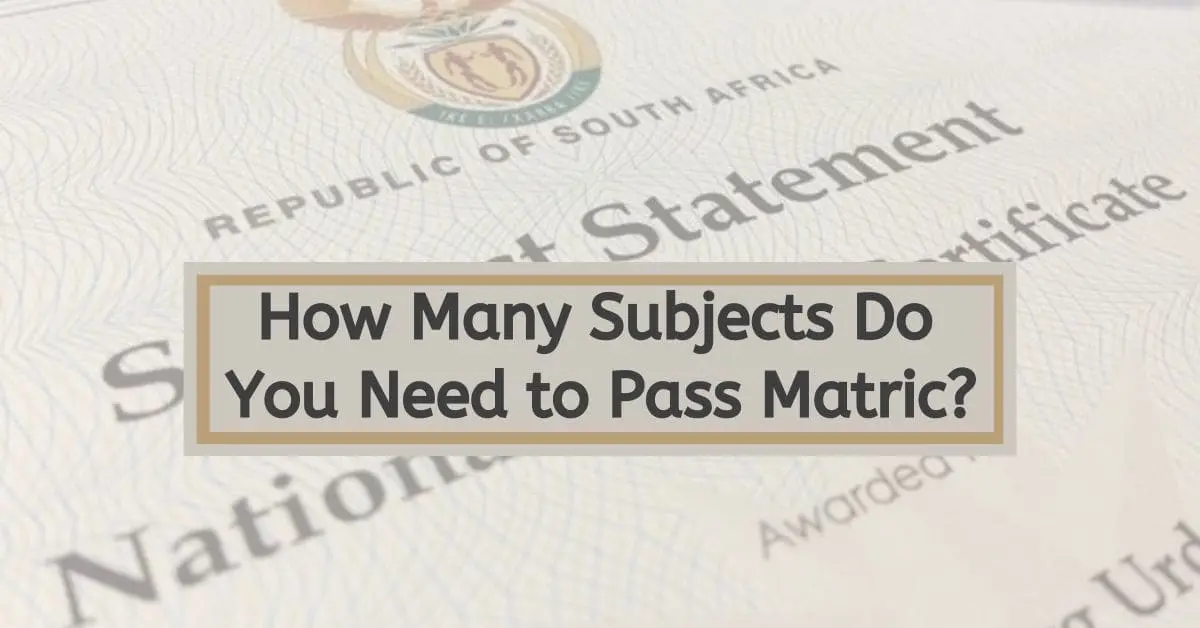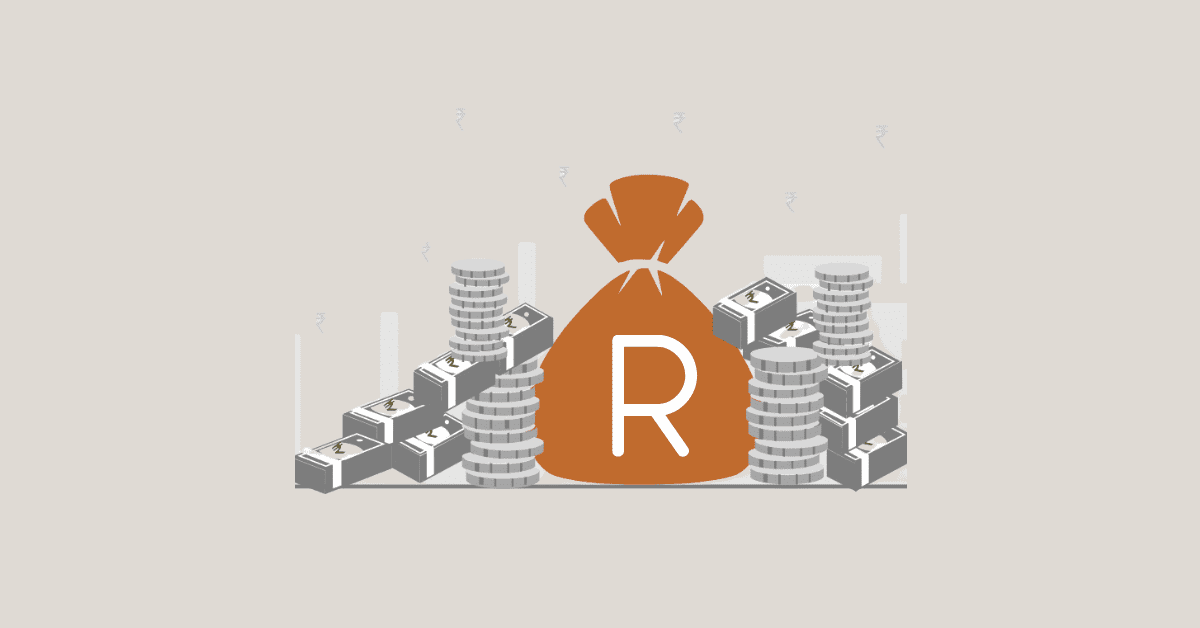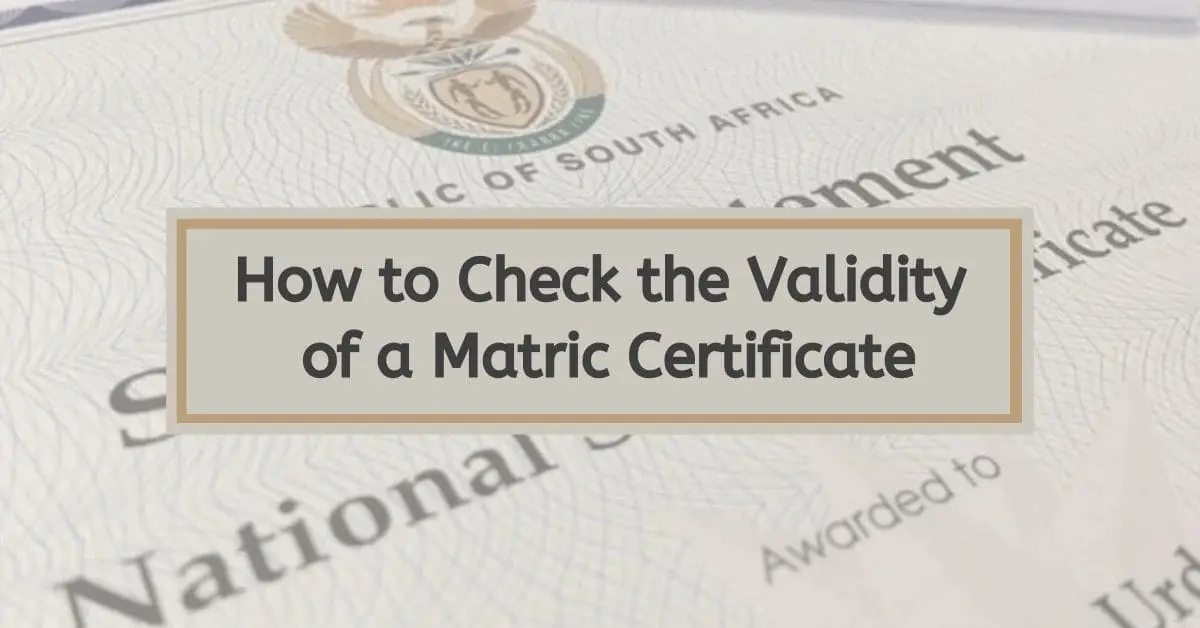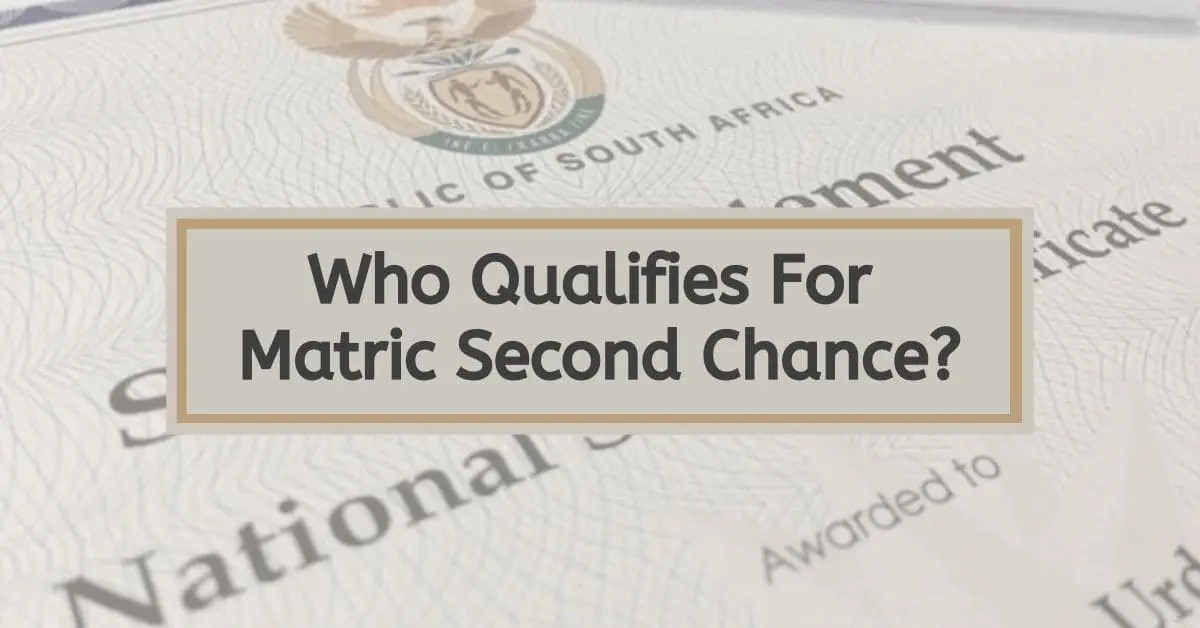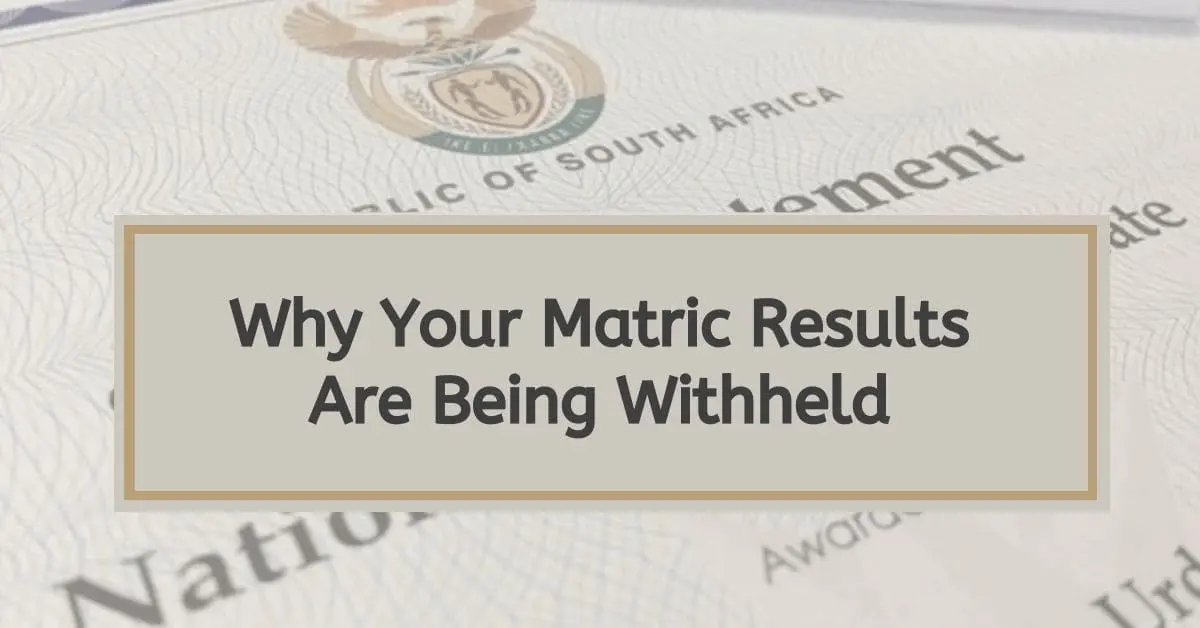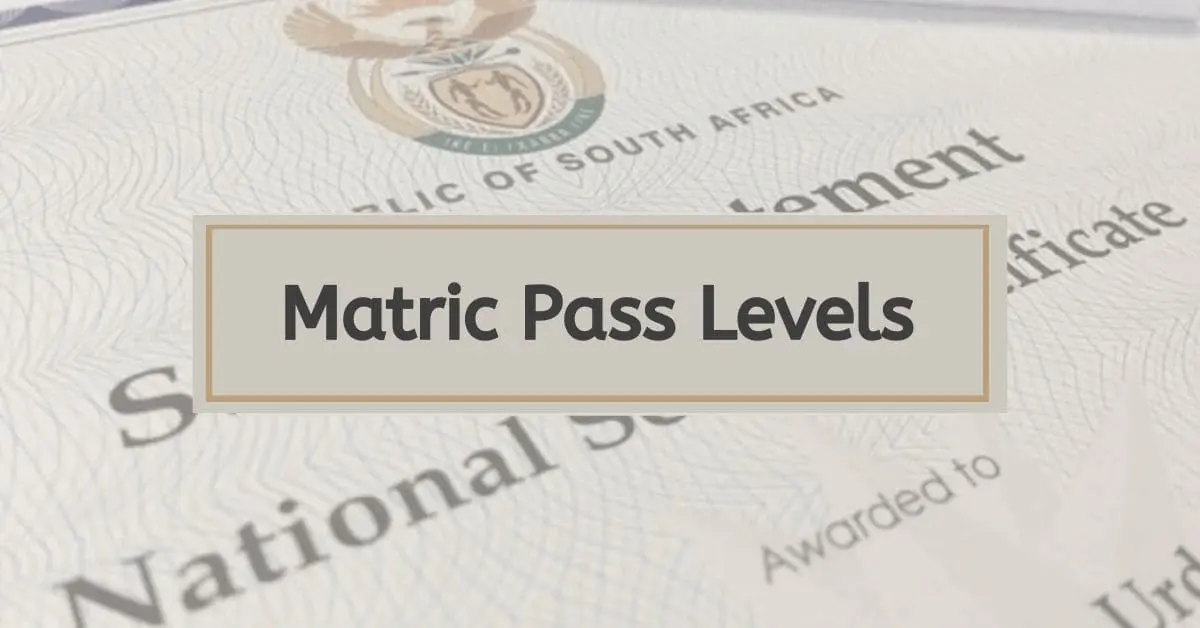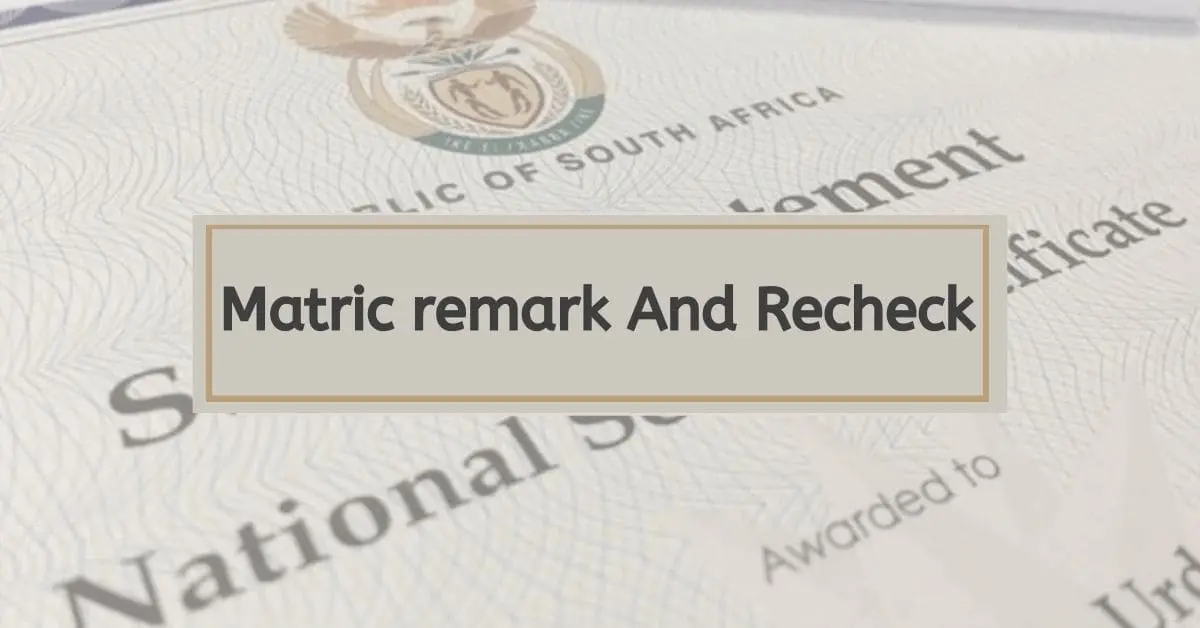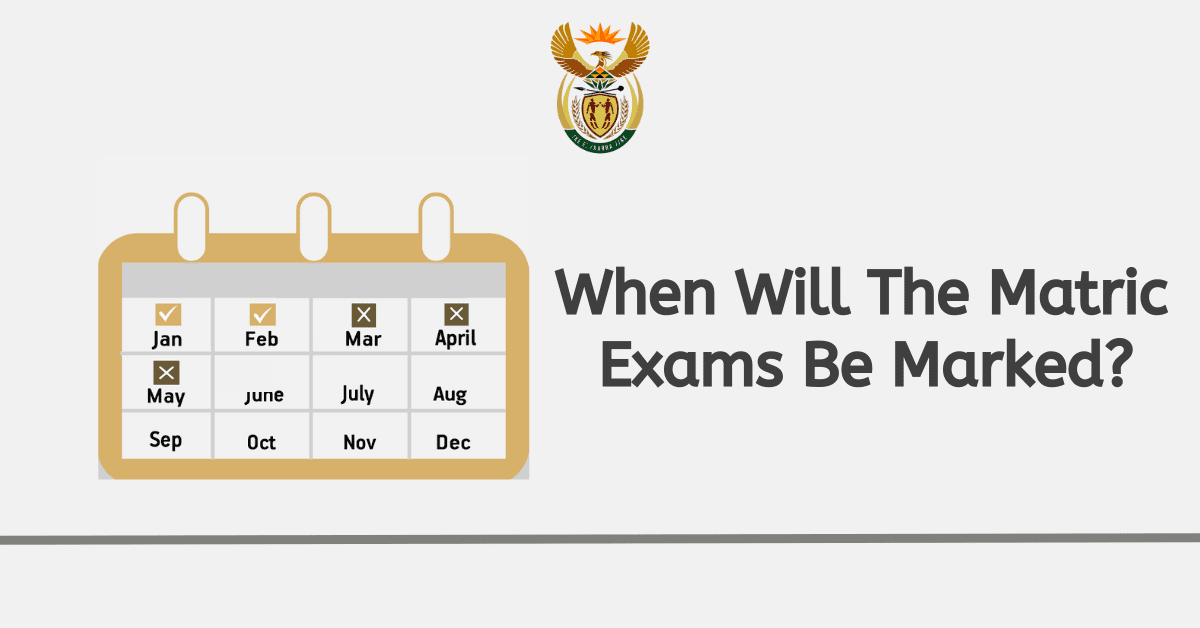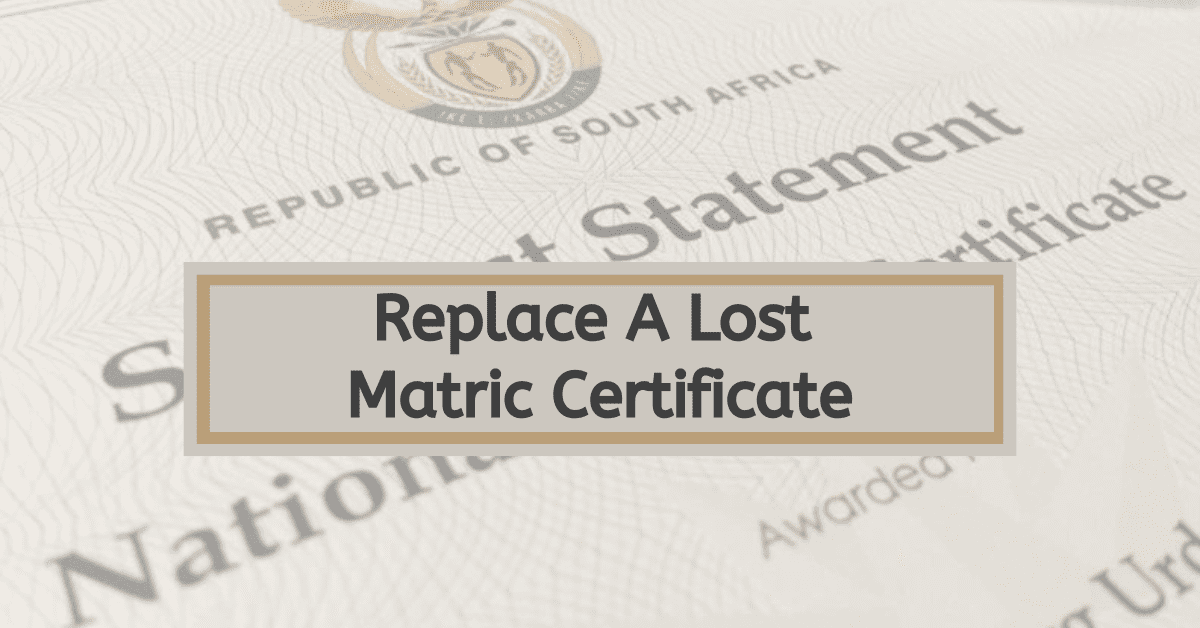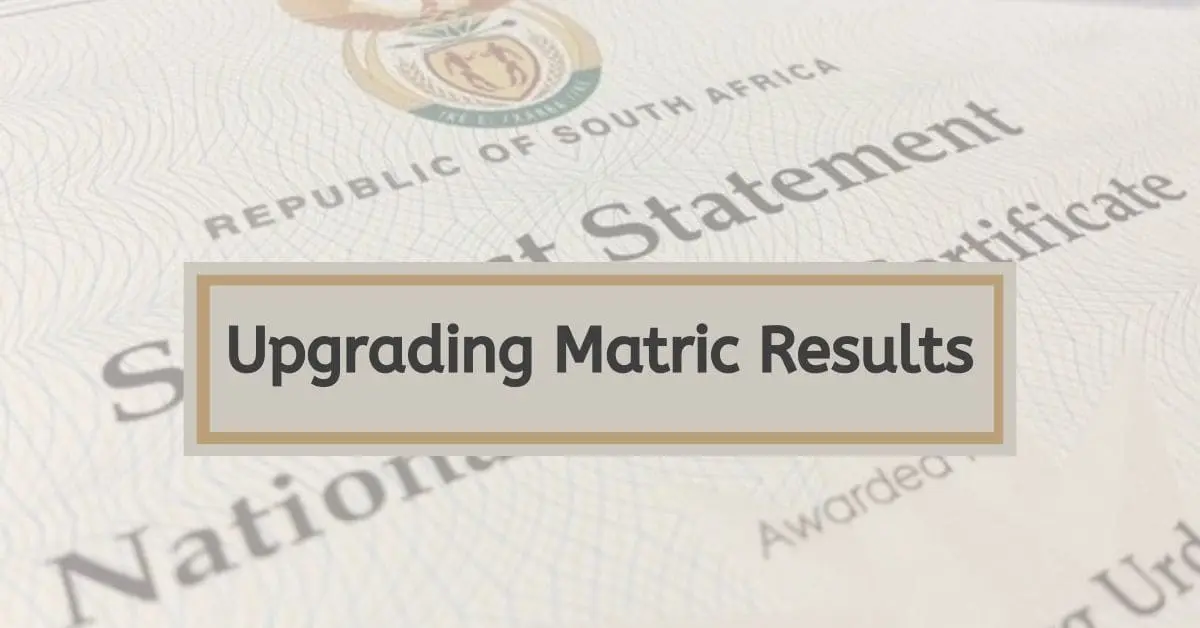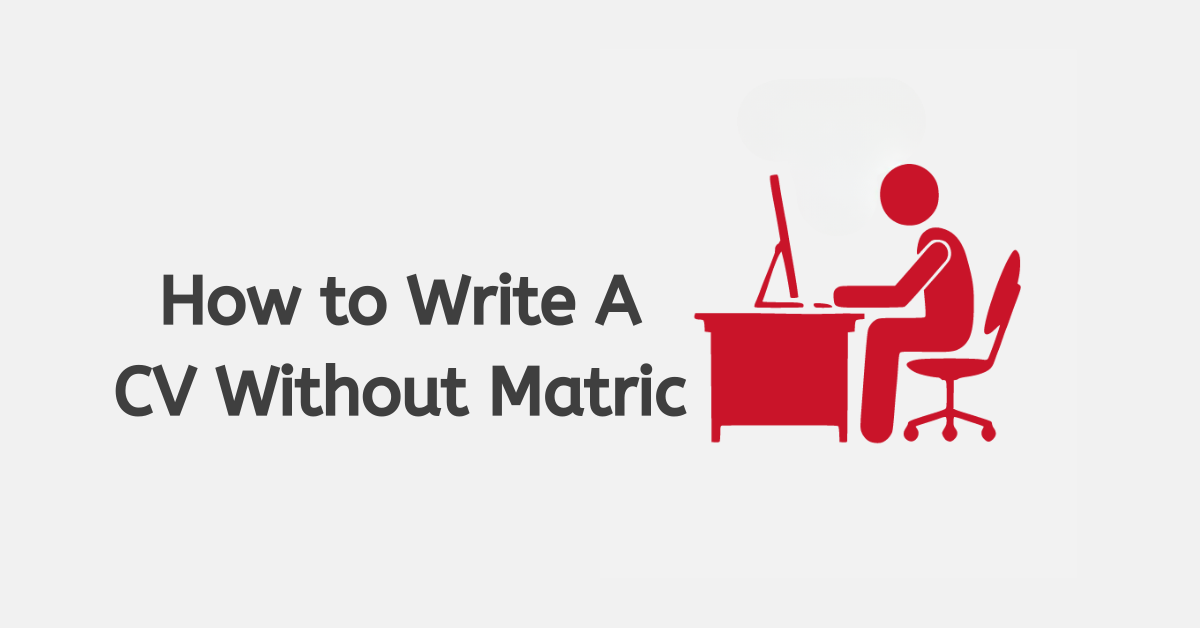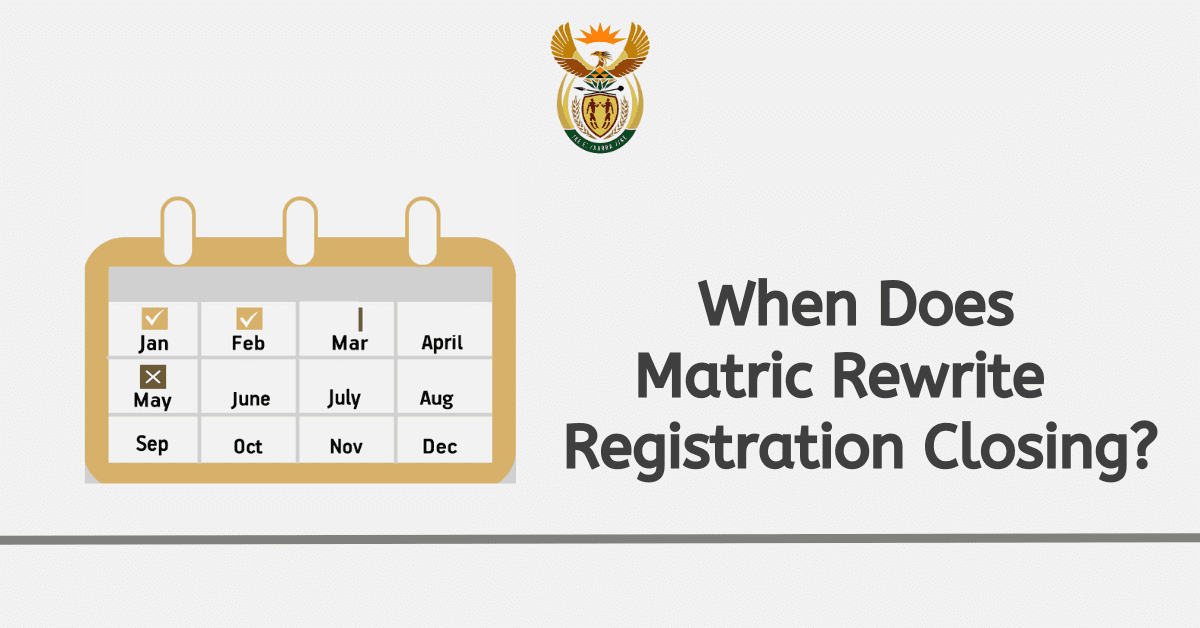Getting your matric, whether you are doing so as your graduate high school or as an adult student, is not quite as simple as just pass or fail. There are 4 different types, or levels, of matric pass you might receive. These pass levels determine the higher education options open to you if you want to proceed with tertiary education opportunities, and each has its own matric pass requirements. Of course, there is also a basic pass level you need to receive your matric at all. As these can get confusing for people, we’ve broken the matric pass requirements down simply for you so they are easier to understand.
Understanding Matric Passes
Before we break down the matric pass requirements further, let’s recap some basics that will help you better understand the matric pass system:
- If you are a learner graduating from high school with a matric, you will be required to take 7 subjects. 4 of these are compulsory, namely English and another language, Life Orientation, and at least a basic mathematical subject. The other 3 you will choose- pay careful attention to expected subjects for your tertiary learning course of choice when you pick these. For the language requirement, you can take a Home language and English as your first additional language, or use English as your home language and study a second language. You will receive your NSC, or National Senior Certificate.
- If you are taking an ‘adult matric’, you will only need to take 6 subjects. This is because Life Orientation is not offered for you. The other compulsory requirements remain the same. You will receive a Senior Certificate, but it works exactly the same otherwise as the National Senior Certificate.
- Matric can be passed at 4 different pass levels- a plain pass, a Higher Certificate Pass, a Diploma Pass, and a Bachelor’s Pass. The Bachelor’s Pass is the highest level and will open the most tertiary educational opportunities for you. The 3 highest pass categories are named for the type of course they will open to you- the Bachelor’s Pass should get you provisionally accepted to traditional Bachelor’s programs at university, the Diploma Pass will allow enrollment in most diploma and technical university programs, and the Higher Certificate pass will allow you to pursue some college programs and certificate courses for further study.
- For the Bachelor’s Pass, there’s also the concept of ‘high-credit’ subjects. These are subjects taken at a sufficient depth and complexity to prepare you for university courses. For ex ample, Mathematics is a high-credit subject, while Math Literacy would not qualify.
Now you have a better understanding of the matric requirements, let’s look at the pass requirements for each type of matric pass.
What are the Matric Pass Requirements?
To pass your basic matric, you must receive at least 40% in your home language and two other subjects. You will also need 30% or more on two more subjects, one of which must be your other language. You must get at least 30% on 6 of the subjects you took. This amounts to 14 APS points.
To receive the Higher Certificate pass, you must get 15 APS points and must receive 40% or more for your home language and two other subjects and at least 30% for four other subjects. Your home language needs to be English or Afrikaans, as these are the languages tertiary education institutes in South Africa use.
For the Diploma Pass, you need 40% or higher for your home language and 3 high-credit subjects and 30% on two other subjects. We look at the Bachelor’s pass below in more detail.
How Many Subjects Do You Need to Pass Matric with Bachelor?
The Bachelor’s Pass needs 50% on four high-credit subjects, 40% for home language, and 30% in two other subjects. You can only fail one subject, and this must still receive a mark above 20%.
What is the Minimum Pass Mark for Matric?
The absolute minimum pass mark for matric currently sits around 35%. You will see a lot of talk about a ‘30% pass rate’, but that is a gross simplification of what you actually need to pass matric. Remember, it’s not just about numbers, but specific benchmarks you need to meet. The minimum matric pass is comprised of the following:
- 40% on home language
- 40% on two more subjects
- 30% on two more subjects, including the other language
- Only 1 fail is allowed and must be higher than 20%, but you will then need 30% in all your other subjects.
How are Matric Marks Calculated?
Your matric marks are calculated from two sources. 75% of your total mark comes from the final examination for the subject. The other 25% is your SBA, or School Based Assessment, made up of your academic progress through your last year (June exams, tests, projects, portfolios, and so on). As adult matric students don’t always have this SBA system in place, their final matric marks are calculated 100% on the final examination performance.
Hopefully, you now understand the matric pass requirements with more confidence. Good luck with your exams!
